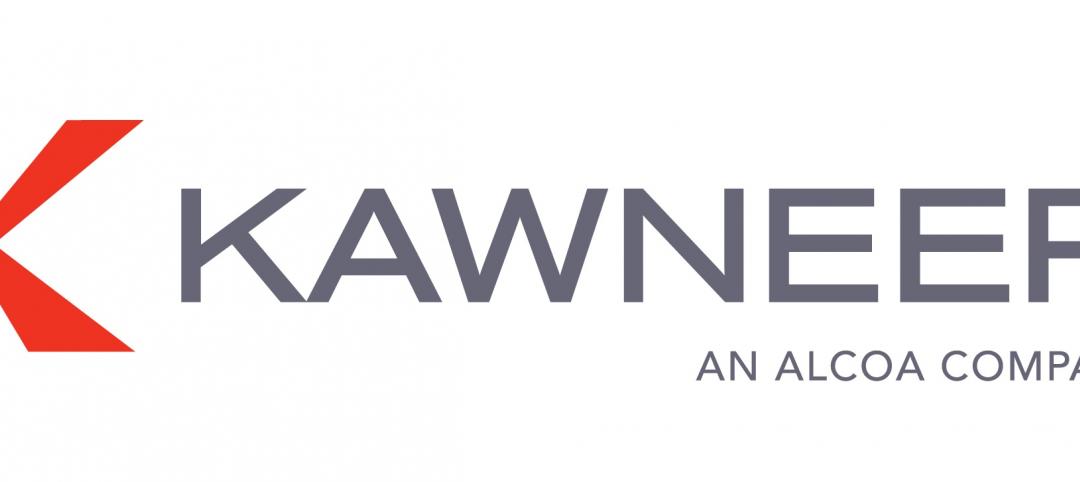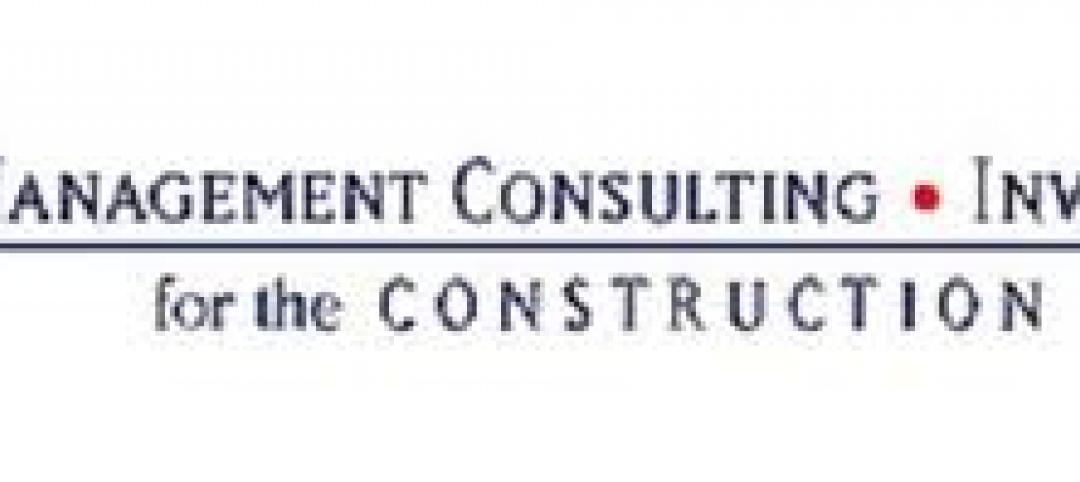MINNEAPOLIS, Nov. 18, 2010 – Results of the second annual “School Energy and Environment Survey” from Honeywell (NYSE: HON) reveal that almost 90 percent of school leaders see a direct link between the quality and performance of school facilities, and student achievement. However, districts face several obstacles when it comes to keeping their buildings up to date and well maintained. For example, 68 percent of school districts have either delayed or eliminated building improvements in response to the economic downturn.
Gathering input from nearly 800 school administrators and school board members, the survey finds that a quarter of respondents have seen their district’s energy costs rise at least 25 percent in the past three years, compared to 17 percent of those polled in 2009. As a consequence of rising utility bills, almost 75 percent of the districts have cut spending in key areas such as maintenance, capital investment and staffing.
“Better, more efficient schools provide better learning conditions,” said Paul Orzeske, president of Honeywell Building Solutions. “Using existing tools, including guaranteed performance contracts, school districts can modernize their buildings, improve comfort and drive significant energy savings without additional taxpayer dollars. It’s imperative that administrators, government officials and the private sector continue to work together and promote solutions that don’t require compromises in either student achievement or fiscal responsibility.”
After salaries, utility costs are typically the second largest and most variable district expense, making them a focal point for administrators. Many schools are also looking to reduce carbon emissions and serve as models of conservation as the impact of global warming becomes clearer. The survey polled educational leaders nationwide to get their thoughts on a variety of energy and sustainability topics. Other noteworthy findings:
- Almost 90 Percent of School Leaders See Direct Link between Facilities and Student Achievement
- Sixty-eight Percent of Districts Delayed or Eliminated Building Improvements Because of Economy
- Nearly 75 Percent of Districts Forced to Make Cuts like Maintenance, Capital Investment Due to Energy Costs
- 98% of respondents consider energy management important to their district’s long-term success, but more than one-third do not have a strategic plan for managing consumption and costs, similar to findings in 2009.
- More than half of the respondents cited limited funding as the biggest obstacle to launching energy retrofit or renewable energy projects.
- A majority of school districts applied for some form of stimulus funding through the American Recovery & Reinvestment Act (ARRA); however, only 14 percent devoted those dollars to facility improvements. Most of the money was dedicated to core education programs, and teacher and staff salaries.
- Almost half of respondents report that the typical age of buildings in their districts is more than 30 years old.
In addition, while there is growing interest for schools to incorporate sustainable practices into their building operations and curriculum, the survey showed a clear gap between environmental commitments and activity. More than 30 percent of districts have set carbon-reduction goals, for example, but only 6 percent have completed a greenhouse gas inventory to catalog emissions and create a baseline to measure the impact of related programs.
“Administrators are pulled in a thousand different directions, and most districts don’t have the expertise or resources to make green initiatives a priority — especially when the financial benefits aren’t clear,” Orzeske said. “However, reducing a district’s carbon footprint is not just a feel-good exercise. With the right mix of technology and service, these programs can deliver a substantial environmental and economic return.”
Survey Methodology
In August 2010, Honeywell Building Solutions commissioned Education Week Research to conduct an online survey of Education Week subscribers identified as district administrators or school board members. The survey consisted of 794 respondents from across the United States.
For detailed survey results, please visit www.honeywellnow.com.
Honeywell, Schools and Energy
Honeywell provides a broad range of services and technology designed to reduce schools’ utility bills and environmental impact. The company is currently helping hundreds of U.S. school districts beat the budget crunch with energy and operational savings expected to total more than $400 million. These programs are often funded through performance contracts, which allow schools to pay for facility improvements through the savings the upgrades produce. Honeywell guarantees the results so the work doesn’t impact operating budgets.
Overall, nearly 50 percent of Honeywell’s product portfolio is linked to energy efficiency. The company estimates the United States could reduce energy consumption 15 to 20 percent by immediately adopting existing Honeywell technologies.
-------
Honeywell International is a Fortune 100 diversified technology and manufacturing leader, serving customers worldwide with aerospace products and services; control technologies for buildings, homes and industry; automotive products; turbochargers; and specialty materials. Based in Morris Township, N.J., Honeywell’s shares are traded on the New York, London, and Chicago Stock Exchanges. For more news and information on Honeywell, please visit www.honeywellnow.com. Honeywell Building Solutions is part of the Honeywell Automation and Control Solutions business group, a global leader in providing product and service solutions that improve efficiency and profitability, support regulatory compliance, and maintain safe, comfortable environments in homes, buildings and industry. For more information about Building Solutions: www.honeywell.com/buildingsolutions.
This release contains certain statements that may be deemed “forward-looking statements” within the meaning of Section 21E of the Securities Exchange Act of 1934. All statements, other than statements of historical fact, that address activities, events or developments that we or our management intends, expects, projects, believes or anticipates will or may occur in the future are forward-looking statements. Such statements are based upon certain assumptions and assessments made by our management in light of their experience and their perception of historical trends, current economic and industry conditions, expected future developments and other factors they believe to be appropriate. The forward-looking statements included in this release are also subject to a number of material risks and uncertainties, including but not limited to economic, competitive, governmental, and technological factors affecting our operations, markets, products, services and prices. Such forward-looking statements are not guarantees of future performance, and actual results, developments and business decisions may differ from those envisaged by such forward-looking statements.
Related Stories
| Feb 7, 2012
Data center construction boom driven by healthcare and technology
The study includes insight and perspective regarding current investment plans of stakeholders, potential challenges to the data center boom, data center efficiency levels, the impact of new designs and technologies, and delivery methods.
| Feb 7, 2012
Kawneer and Traco combine portfolios
Portfolio includes curtain wall systems, windows, entrances and framing systems.
| Feb 7, 2012
Lubbers promoted to creative director at Wight & Co.
Lubbers has been instrumental in many recent high profile Wight projects, including the College of DuPage Student Resource Center, Seaton Computing Center, The Adler Planetarium Sky Theater transformation and UNO Charter Schools.
| Feb 7, 2012
Shepley Bulfinch opens San Francisco office
This expansion establishes a physical presence that builds on a portfolio of work for institutional clients on the West Coast, dating to the development of the original Stanford University campus in 1891
| Feb 7, 2012
Thornton Tomasetti opens new office in Denver
The firm, which now has 25 offices internationally, opened the new office to better serve current and potential clients in the western Central region and Mountain States.
| Feb 6, 2012
Slight increase in nonres construction spending expected in 2012, growth projected for 2013
Commercial sector expected to lead real estate recovery.
| Feb 6, 2012
FMI releases 2012 Construction Productivity Report
Downsizing has resulted in retaining the most experienced and best-trained personnel who are the most capable of working more efficiently and harder.
| Feb 6, 2012
Kirchhoff-Consigli begins Phase 2 renovations at FDR Presidential Library and Museum
EYP Architecture & Engineering is architect for the $35 million National Archives Administration project.
| Feb 6, 2012
Batson-Cook announces the appointment of Hall as president
Hall will manage and direct all aspects of the firm’s day-to-day operations. He will be based in Batson-Cook’s Atlanta office.
















